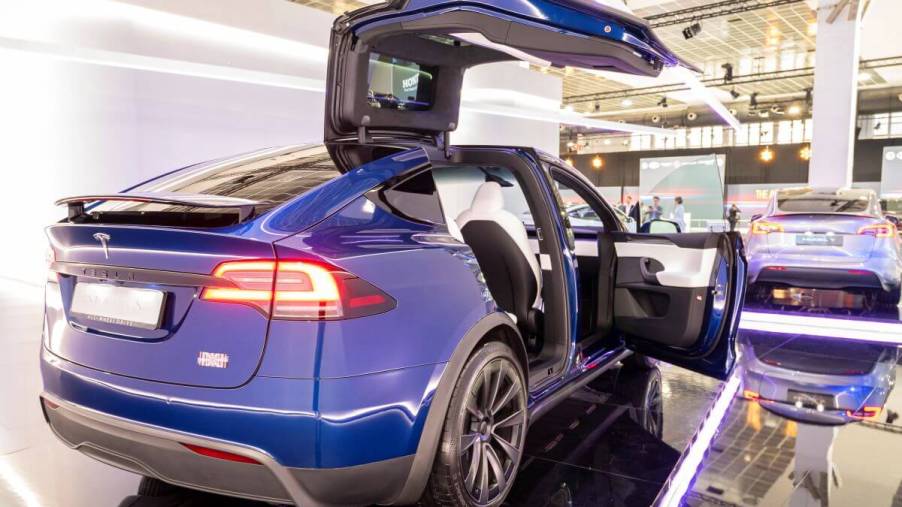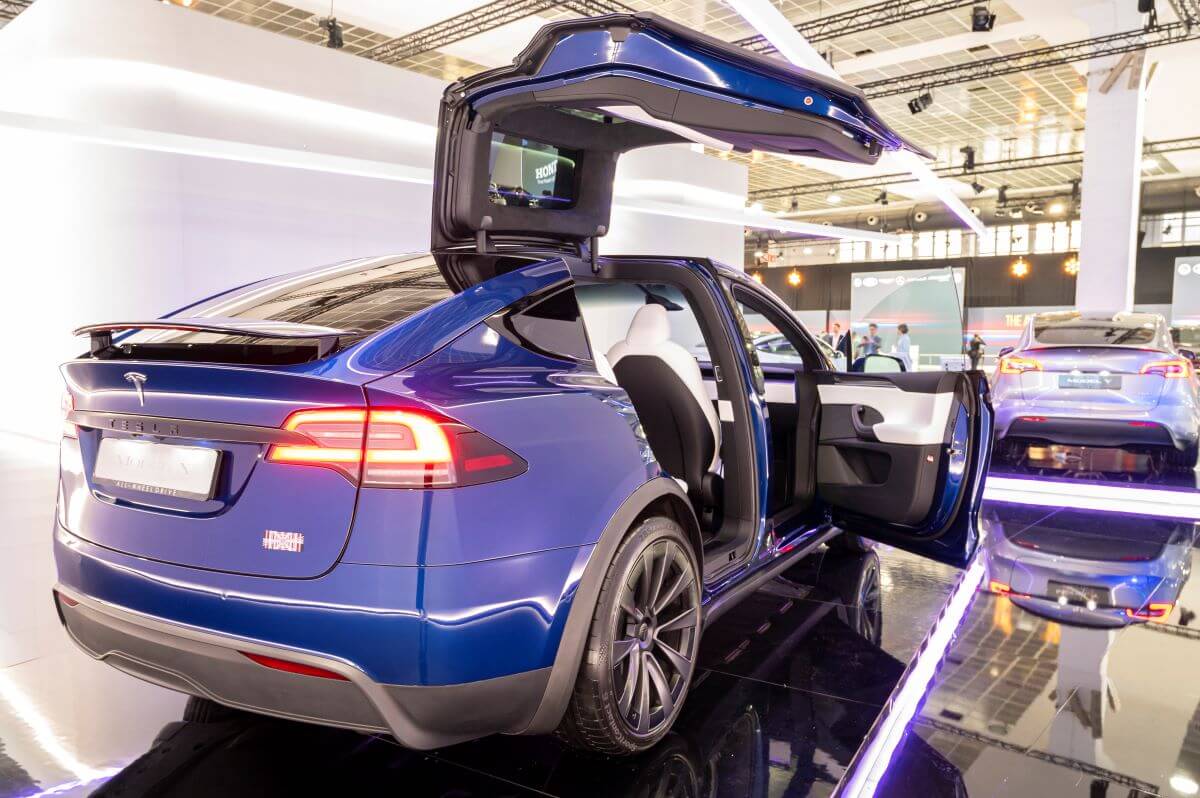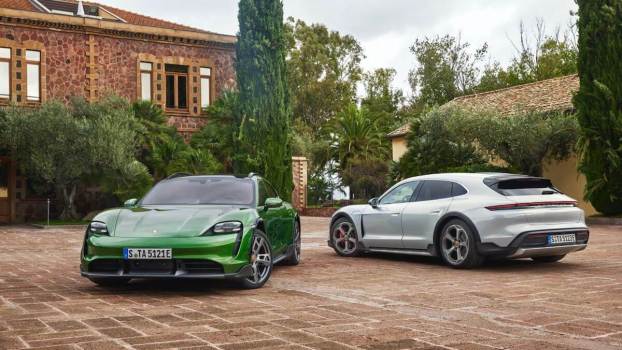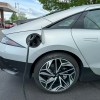
3 Luxury Electric Cars Ready to Bankrupt You With Over $10,000 in Maintenance and Repairs
When it comes to owning an electric vehicle (EV), maintenance costs are typically very low. Traditional internal combustion engines have multiple systems that need regular servicing to keep them running as smoothly as possible. Some of these maintenance items and wear-related replacement jobs include oil changes, transmission fluid flushes, radiator flushes, timing chain replacements, valve cover gasket replacements, water pump replacements, thermostat replacements, brake fluid bleeding and replacement, brake pad replacements, brake rotor replacements, and the list goes on and on. Some of these maintenance items, like an oil change, can be performed at home for less than $50.
On the other hand, electric cars typically don’t have the same amount of components that could fail. Brake systems on EVs usually revolve around regenerative braking, which reduces brake pad wear. Additionally, while most EVs have a cooling system of some kind, it is typically less rudimentary than a typical internal combustion engine’s radiator and requires less servicing. However, not every EV is easy to own, with some electric luxury cars capable of piling up huge repair bills.
1. Tesla Model S
The Tesla Model S ranks as one of the most expensive EVs to own over time. The total estimated cost of ownership is $69,501 for a span of five years, according to CarEdge. Annual costs equate to roughly $13,900 for a single year. In addition to maintenance and repairs, the cost of the Model S ownership is inflated primarily through the factors of depreciation and insurance premiums.
Tesla’s recommended intervals for maintenance is every 12,000 miles. From tire rotations to brake fluid testing and possible replacement, these maintenance checks are relatively cheap but add up over time.
2. Tesla Model X

The Tesla Model X is a standout luxury midsize crossover SUV with its signature gullwing doors and true-to-form Tesla styling. Electrek published an article on a Tesla Model X with nearly $29,000 overall spent in repair and maintenance bills throughout its 400,000-mile lifespan. According to Electrek, the most costly repairs involved malfunctioning middle-row seats, which cost around $5,375.90 to replace. The center touchscreen was also replaced, along with the chargeport door, which cost around $3,389.83.
Other regular maintenance items not necessarily labeled as complete repairs included a set of new brakes at $1,788, two front tires priced at $392.61 for the pair, and a set of key fobs, which cost $361.35 for the pair. While these costs may seem huge, remember that this specific Tesla Model X sat at over 400,000 miles. If this was an internal combustion vehicle with oil changes every 5,000 miles performed at a dealer with a $100 oil change price, this vehicle would have over $8,000 in oil changes alone.
Meanwhile, CarEdge judged total ownership costs for the Model X as far higher when factoring in depreciation, interest on loans and payments, insurance premiums, and fuel costs (i.e., electricity). With a five-year ownership span pegged at $69,710, or $13,942 annually, that makes it slightly more expensive than the Model S based on the site’s data.
3. Porsche Taycan
Edmunds creates a ‘True Cost to Own’ formula to judge total ownership costs over five years. At a total amount listed at $112,296, the outlet lists average maintenance costs at $4,496 and repair costs at $3,340. Other categories of note include insurance costs and taxes. However, most of that total ownership cost is due to depreciation and financing. Over those five years, Edmunds estimates a loss of $56,411 due to depreciation and $18,979 due to financing.
Again, no timing chains or high-performance engines to worry about here, but the Taycan still finds a way to cost a decent amount of money to own. Porsche does have a slightly strict maintenance schedule that keeps the price of ownership high, including a complete brake fluid replacement recommended at just 20,000 miles.




